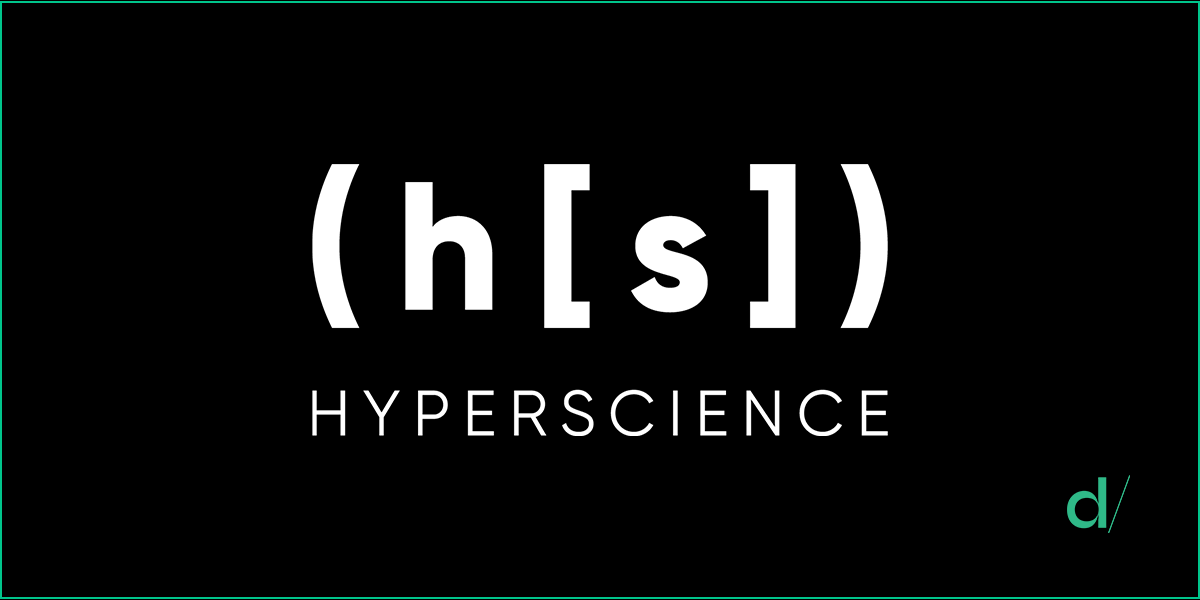by Hyperscience
Ask not what your country can do for you, ask how quickly they can do it.
The federal government continues to deal with efficiency issues stemming from manual processes, legacy tech systems, and data backlogs that have only been compounded as we emerge from the COVID-19 pandemic. As of April 2021, the IRS is now holding over 29 million returns for manual processing, leading to a delay across the agency that impacts everyday Americans.
Inefficiency in processing data and information isn’t just an issue in the public sector, it’s a problem that has plagued every variation of organization. To address this, forward-thinking private sector enterprises have started to utilize Artificial Intelligence (AI) and Machine Learning (ML) technology to modernize their operations and automate data-heavy processes. This enables them to reduce costs, increase throughput, lower error rates, leverage downstream investments, and better serve their customers in a timely manner.
We’re seeing the U.S. federal government pay more and more attention to AI. In May 2021, for example, the federal government released AI.gov, which provides accessible information and updates on the current state of AI at a federal level. Following that, when President Biden released his budget proposal for 2022, it included a $58.4 billion spending plan for getting federal IT up to speed as a critical step in pursuing more advanced AI applications in the future.
These developments are aligned with Gartner’s estimate that roughly half of all federal agencies will have modernized some critical core legacy applications by 2025. So if the use of AI is starting to make its way through the halls of federal agencies, what do government leaders need to know about this technology?
Where It Can Add Value
Think less “sci-fi” and more “done-by,” specifically in regards to how the federal government processes the vast volumes of forms and data necessary to handle requests, manage applications, stay compliant, and achieve its various missions. Instead of manually entering the information into the correct database or system of record, an AI-powered intelligent automation solution can dramatically increase an agency’s efficiency by automatically classifying, extracting, and sending data downstream.
Intelligent automation leverages AI, ML, and automation technologies to enable organizations to automate increasingly complex processes, input to actionable data. In comparison to other automation technologies (such as RPA) that are rigid and rule-based, intelligent automation solutions enable a degree of accuracy, intelligence and flexibility that is integral for the high-volume and high-risk operations of government agencies.
Leading AI solutions, like the Hyperscience Platform, make leveraging this innovative technology easy and secure, rather than requiring large-scale up-front time, cost, and energy investments by the federal government to develop solutions in-house. Having already trained their models with diverse proprietary data sets, these platforms are ready to understand and read through varying imperfections like low-resolution scans, messy handwriting, and so much more — from the moment an agency begins utilizing them.
Augmentation Not Replacement
It’s a common misconception to imagine automation as a replacement for a human workforce. Despite the intelligence enabled by AI and ML-backed solutions, humans remain an integral part of the process, as they are ultimately the ones who will act on the data. Instead of a robot workforce, imagine a department of satisfied employees empowered by the convenience, ease, and time savings that intelligent automation provides. Rather than employees being stuck endlessly entering citizen information from forms, they’re free to focus on more impactful work for their agency and the people it serves, only stepping in for data entry when absolutely necessary.
Intelligent automation platforms that utilize Artificial Intelligence and Machine Learning enable an evolution in how teams and organizations work, enabling a new digital assembly line, wherein work is divided between humans and machines based on the needs of the task and the strengths of each. After all, while a machine may excel at extracting information and understanding where it needs to be sent, an employee is going to be best at acting on the information they’ve received.
The machine takes care of the more mundane, repetitive tasks like automatically organizing and classifying documents, along with extracting the necessary data from them, leaving more time for humans to focus on higher-order tasks and problem-solving. If the machine is unsure of its transcription or requires help to confidently accomplish the task it’s automating, it asks for human assistance, bringing employees into the loop to review and resolve edge cases. This drives fewer errors and higher performance over time.
An Opportunity to Modernize for the Future
At ground level, intelligent automation provides bandwidth relief to government agencies to better process the windfall of data flowing into their offices on a daily basis. But at a macro level, it’s an opportunity to modernize the way these agencies work, future-proofing their operations for the continuously increasing population that will rely on their services.
By examining their current operations and looking for both cost- and time-effective ways to manage increased volume, the public sector can refocus on its mission objectives, instead of working to keep up. Considering the configurability of an intelligent automation platform, in comparison to a singular solution such as RPA, they can begin the steps to build an operational process that works best for the future — as the needs of their citizens, employees, and other stakeholders continue to evolve.
